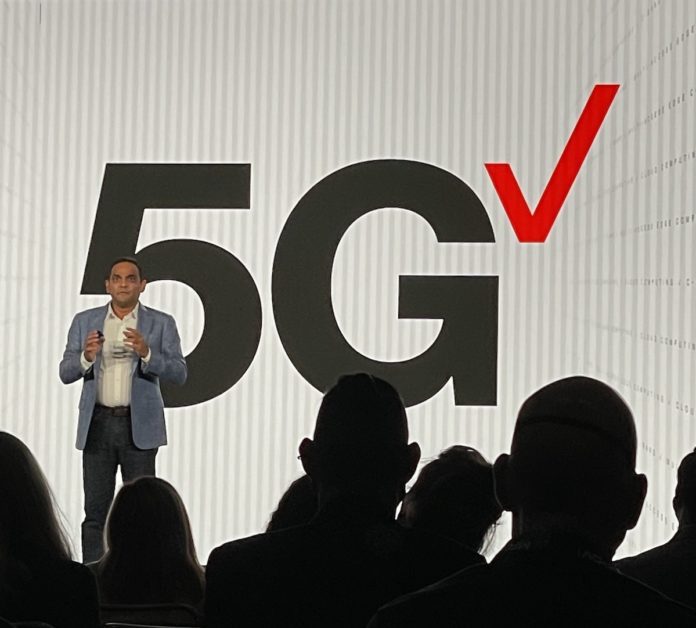Verizon combining 5G and MEC, growing its private networks business, and partnering with hyperscalers
LOS ANGELES–Verizon was an early mover on mmWave 5G, has tapped Dynamic Sharing Spectrum to leverage existing spectrum and offer nationwide 5G coverage, and has a trove of C Band holdings it’s putting to work. In tandem with this, Verizon has built out mobile edge computing (MEC) infrastructure in a number of metros, is selling on-prem MEC, expanding its private networks business, and partnering with hyperscalers on go-to-market activities.
On balance, the whole is greater than the sum of its parts. 5G needs MEC to deliver on latency-sensitive use cases, different sizes and types of enterprises have different network and service consumption preferences, and firms like Amazon Web Services and Microsoft have deep relationships across verticals.
In an interview ahead of Mobile World Congress Los Angeles, Verizon Business Chief Revenue Officer Sampath Sowmyanarayan told RCR Wireless News, “5G is all about the ecosystem. You cannot do it yourself. That’s been our focus on anything 5G-related.” He said 2021 was about moving from proofs of concept to early deployments, and specific to private networks, said the carrier has “a bunch of deals” and is getting revenue from that stream.
Discussing how customers are buying private networks, Sowmyanarayan said one way is an upfront payment followed by an ongoing service fee. And there’s also a “network-as-a-service model. Give it to us on a utility model. It’s X dollars per square foot.”
Subscribe now to get the daily newsletter from RCR Wireless News
One open discussion point in private networks is around how carriers who are deploying and managing customized systems with variable service-level needs provide the monitoring required by business- and mission-critical applications. Verizon is experienced in doing this for governments and has a large managed services organization, Sowmyanarayan said. “I think that’s going to become one of the differentiators for Verizon–we’ve done it before.”
Another challenge (opportunity?) facing the rate of private network adoption is identifying use cases relevant in many industries thereby allowing operators to balance customization with replicability. For Verizon’s part, “We’ve standardized on some equipment partners. Within those parameters, the SLAs might be different but the basic building blocks are similar,” Sowmyanarayan said. He acknowledged that RF design complexity is variable — “ports are harder than auditoriums — but the core building blocks are the same. We have solution engineers who are able to take learnings from previous engagements and tweak what’s different. We have a very large, very well-staffed team of solution engineers.”
Verizon’s 5G Edge, built on AWS Wavelength, is available in 13 major metropolitan areas with plans for expansion. The company also offers private, on-prem MEC on Amazon Outposts and Microsoft Azure. Hyperscalers are becoming increasingly visible in the telecoms world as carriers partner up to address enterprise needs.
This partner-based approach has accelerated Verizon’s sales cycle, Sowmyanarayan said, explaining that depending on the customer, Verizon may take the lead, AWS may take the lead, etc…”It actually helps because we’re able to get to the right decision makers really fast. We can actually short circuit what would typically be a four- to six-month process.”

